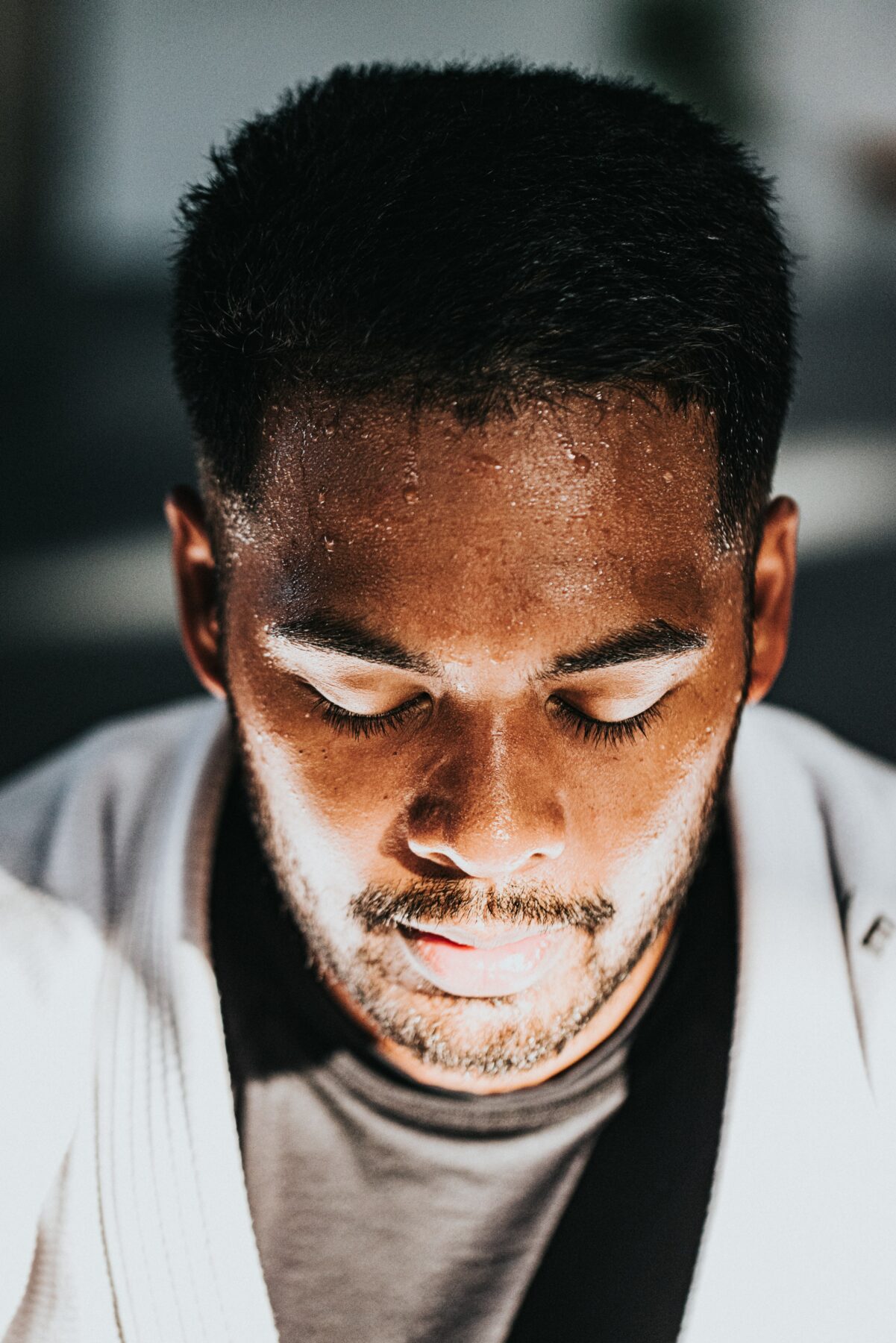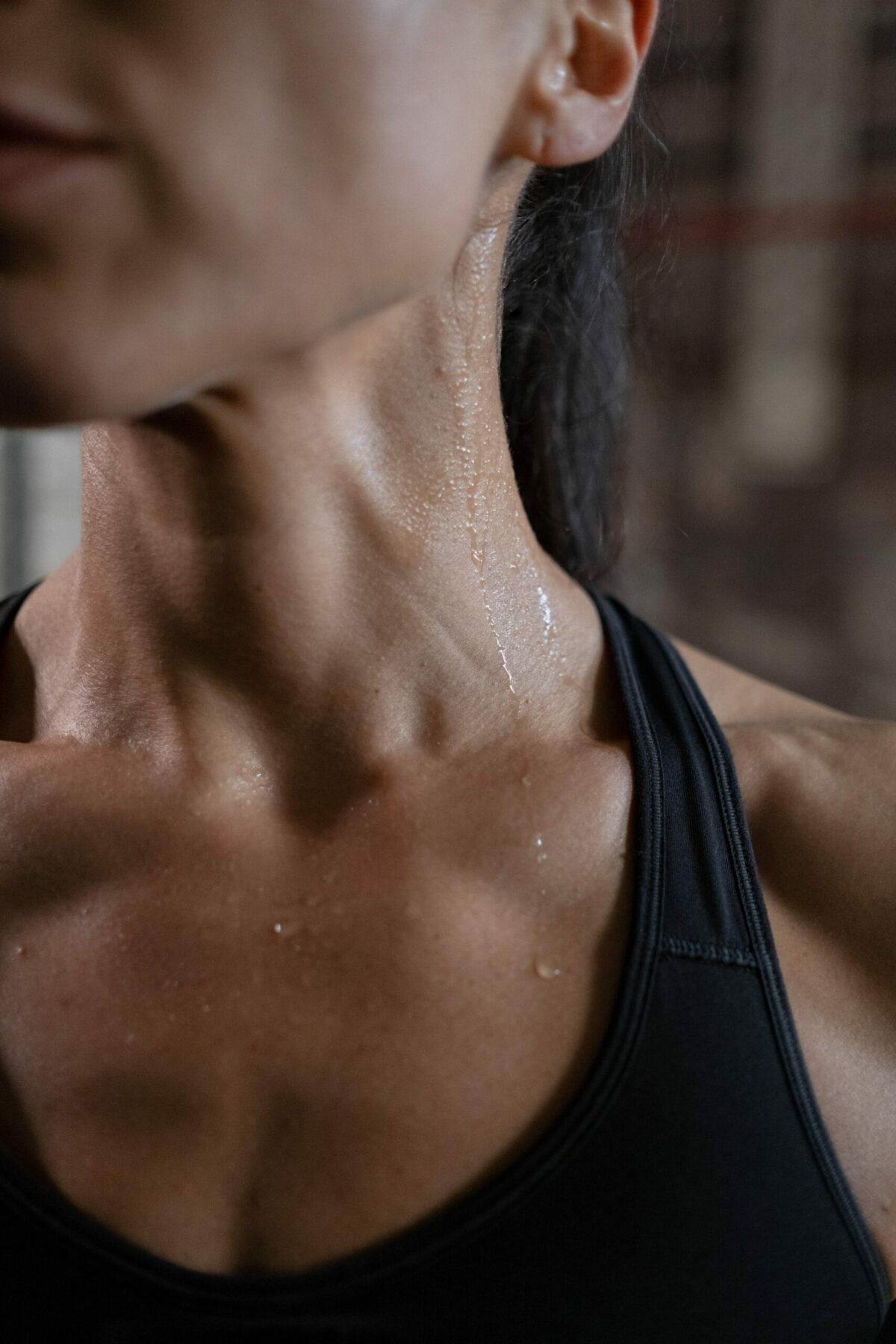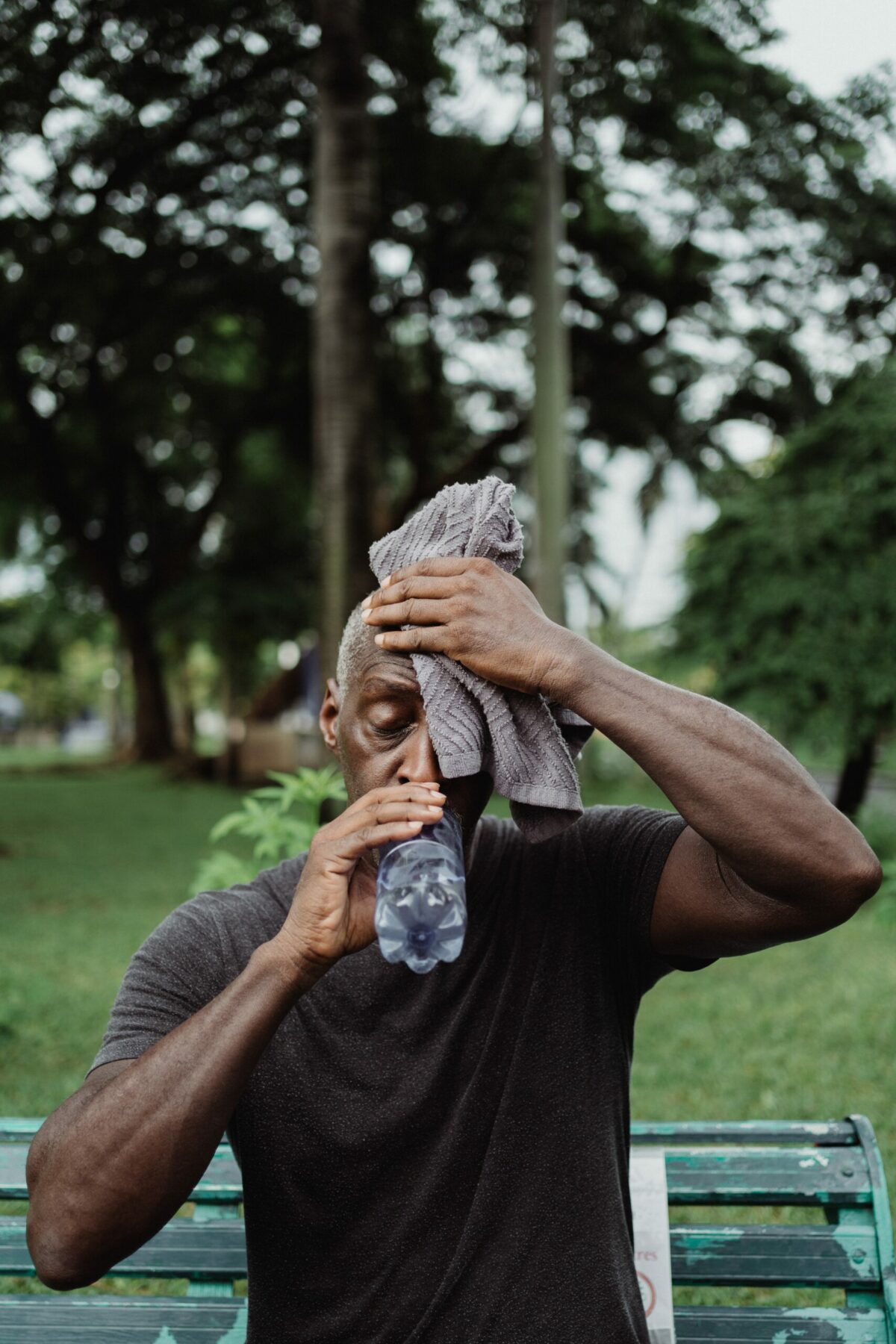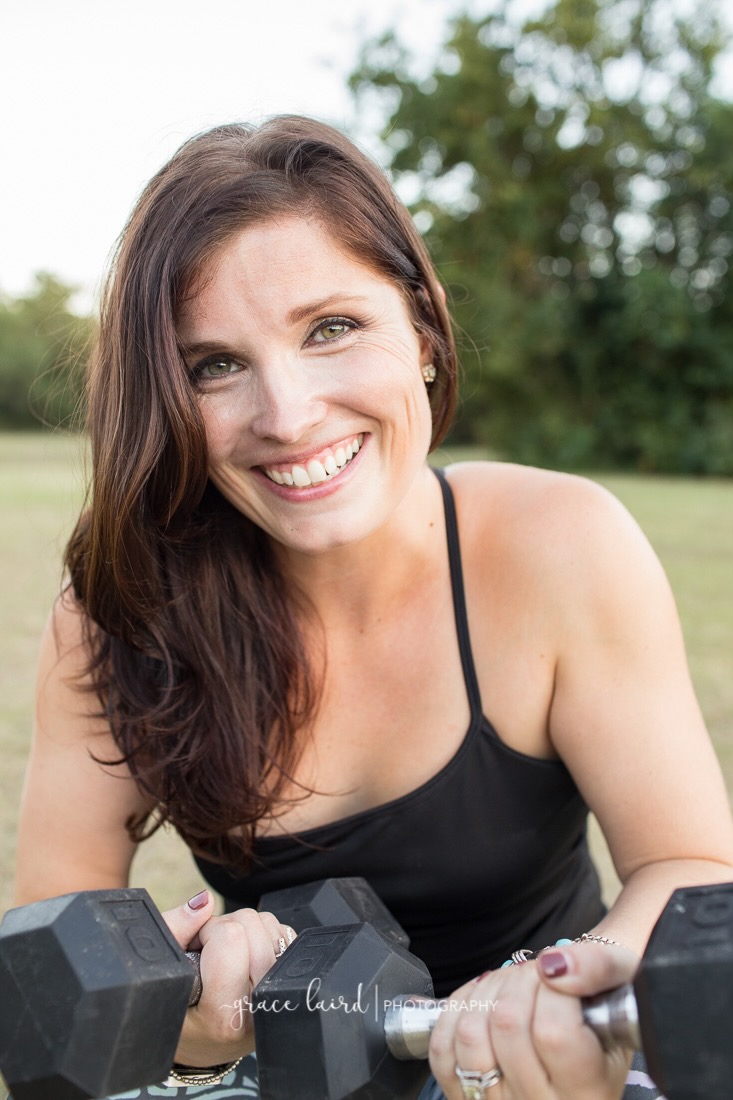The Science Behind Sweating

Between now and around October, Texans will sweat just by walking from their car into the grocery store, without so much as lifting a weight or running a mile.
Sweating is our body’s way of regulating our own internal thermostats, whether we sweat during exercise, because of an uncomfortable situation or even when we’re in the sauna. It’s an important physiological system that we need to tune into when temperatures outside heat up, especially if you enjoy working out in the heat.
Why We Sweat

When we sweat, water containing small amounts of electrolytes (chloride, potassium, sodium, magnesium and calcium) is released from our millions of sweat glands. Its main function is to simply cool us down.
How much you sweat depends on various factors and just because you didn’t sweat much during a workout does not mean it wasn’t effective. The quality of the movement matters as well as the why behind it.
Pilates, for example, is considered a low-impact exercise but is highly effective for mobility, flexibility and core strength. However, you probably won’t sweat as much while doing Pilates as you might while running.
Additionally, stress hormones can cause excessive sweating, so pay attention to whether you sweat during an uncomfortable social setting or next time you lose your temper. This is your body trying to regulate the heat generated by other systems (like your nervous system) working overtime.
Large-bodied individuals will likely expend more energy to move, which means more heat could be generated in the body and will require more cooling… or sweating. Your age could impact how much you sweat, as well as your fitness level and how much muscle mass you have on your body, according to Henry Ford Health. Hormones and overall current health — whether you are fighting a cold or allergies underneath the surface — might also impact how much you sweat at any given moment.
More stress is added to the body when exercising in hot weather when it’s already trying to regulate its core temperature because of the workout itself. Think about taking a jog on a summer day — high humidity and high temperatures coupled with lots of fluid loss from the movement will not allow the body’s natural cooling systems to work optimally and could lead to dangerous heat-related illnesses, like dehydration, if left untreated, according to The Mayo Clinic.
When Dehydration Hits

Dehydration can occur when the body’s fluid and electrolytes are unbalanced, usually meaning too much sweating (output) and not enough input (water and fluids). When body water changes even by as little as 1%, endurance, strength and cognitive abilities will be impacted.
According to Precision Nutrition, signs of dehydration include nausea, dry skin, muscle cramping, dizziness and weakness. At the holistic coaching company I currently work at, Wellthy Soul, we recommend drinking half of your body weight in ounces to stay well-hydrated daily and promote nutrient-dense whole foods including leafy greens, avocados, beans and nuts to ensure that minerals are replenished.
Working out outside will cause you to sweat more but it also means more vitamin D, which is essential for so many processes in the body. Not to mention, a beautiful change of scenery from the four walls of the weight room can do wonders for motivation.
Tips For Working Out In The Heat
To get the full benefits of an outdoor workout without the risk of overdoing it, limit your exposure to the heat by working out in the early mornings or evenings. Spend a week or two getting used to being outside in the higher temperatures and humidity before you tackle that 5K. Start gradually and acclimate, adding on a little time and intensity to your workout every day. Lastly, add in an electrolyte drink, such as Liquid IV, ELMT or Nuun Tablets, for extra support as well.
Happy sweating!
About the Author

Emma Aguirre’s training career began with spinning almost 20 years ago in a small women-only gym in South Texas. After a career in journalism, Emma switched to fitness full time, certifying in Practical Pilates, TRX and Jillian Micheals BodyShred program. She is also qualified as an AFAA Group Fitness professional and holds several personal trainer certificates, as well as Precision Nutrition’s Level 1 certification. She is currently certifying as an International Sports Sciences Association master trainer and spends her days coaching clients online as a Personal Health Advisor at Austin’s Wellthy Soul.






